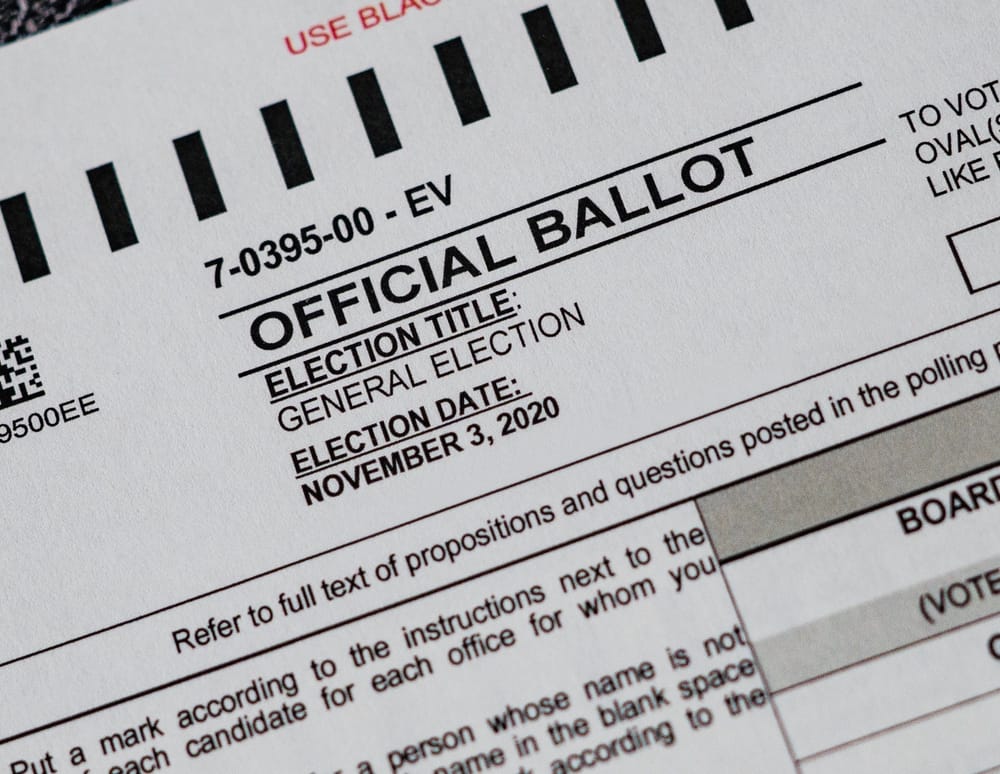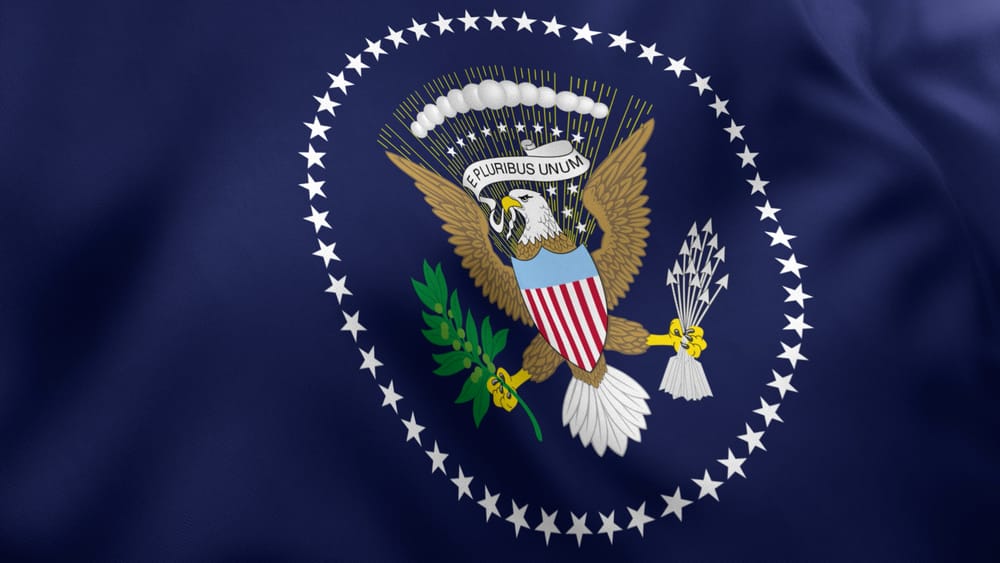In the hallowed halls of the U.S. Supreme Court, where the echoes of gavels resonate like chimes of history, a series of landmark cases have intricately woven the fabric of American democracy. These decisions, more than mere legal determinations, are the threads that have shaped the very essence of presidential eligibility, a cornerstone of the nation's constitutional architecture. As we embark on a journey through these pivotal rulings, we uncover not just legal precedents but the profound narratives that define the American presidency.
Each case, a story in itself, unfolds like a chapter in an epic saga of constitutional interpretation and democratic principles. From the early ripples of Marbury v. Madison to the contemporary tides of modern jurisprudence, the Supreme Court has been the silent yet powerful custodian of the criteria that determine who can ascend to the nation's highest office. This exploration is not just a scholarly excursion but a voyage into the heart of America's constitutional ethos, revealing how justice, law, and leadership intertwine in the pursuit of governance.
Marbury v. Madison (1803)
In this foundational case, the Supreme Court established the principle of judicial review, affirming its power to nullify laws and actions that conflict with the Constitution. This case set a precedent for the Court's role in interpreting the Constitution, including aspects related to presidential eligibility and powers. While not directly addressing presidential eligibility, the establishment of judicial review set the stage for the Court to play a crucial role in interpreting eligibility requirements.
Minor v. Happersett (1875)
The Court, in this case, held that the Constitution did not grant women the right to vote, differentiating citizenship from the right to vote. This distinction was pivotal in discussions about the qualifications for holding public office, including the presidency. The case also touched upon the definition of a 'natural-born citizen,' a term critical for presidential eligibility but left largely undefined by the Constitution.
United States v. Wong Kim Ark (1898)
This case clarified the citizenship status of children born in the U.S. to non-citizen parents. The Court ruled that the 14th Amendment granted citizenship to nearly all individuals born in the U.S., regardless of their parents' nationality. This decision cemented the interpretation of 'natural-born citizen' for presidential eligibility, affirming that those born in the U.S. are indeed eligible for the presidency.
Perkins v. Elg (1939)
Marie Elizabeth Elg, born in the U.S. to Swedish parents, was the subject of this case. The Court ruled that she retained her U.S. citizenship despite her parents' return to Sweden. This decision affirmed that citizenship by birth in the U.S. is not relinquished due to the residency or citizenship status of one's parents, reinforcing the interpretation of the natural-born citizen clause.
Rogers v. Bellei (1971)
This case dealt with Aldo Mario Bellei, who was born abroad to an American mother and an Italian father. The Supreme Court held that Congress has the authority to set conditions for citizenship for those born outside the U.S. to American parents. This ruling has significant implications for presidential eligibility, particularly for individuals born abroad to American parents.
Tuan Anh Nguyen v. INS (2001)
In this case, the Supreme Court upheld a law requiring children born abroad to American mothers and foreign fathers to have a certain period of physical presence in the U.S. to acquire citizenship. This ruling is significant for presidential eligibility as it relates to the requirements for citizenship for individuals born abroad, highlighting the complexities involved in the natural-born citizen clause.
Walter Nixon v. United States (1993)
This case involved the impeachment of Federal Judge Walter Nixon, offering insights into the impeachment process applicable to a president. The Supreme Court's decision highlighted the limited role of the judiciary in the impeachment process, which is critical for understanding the checks and balances on presidential power and the impact of impeachment on a president's eligibility and authority.
Zivotofsky v. Kerry (2015)
Here the Court addressed the complex interplay between congressional action and presidential authority in foreign policy. The case revolved around a law permitting U.S. citizens born in Jerusalem to list Israel as their birthplace on passports, challenging the executive's exclusive power to recognize foreign nations. The Court sided with the executive branch, emphasizing the President's unique role in foreign affairs recognition. This ruling is crucial in delineating the scope of presidential powers, an integral aspect of understanding the constitutional limits and capabilities inherent in presidential eligibility.
Chiafalo v. Washington (2020)
This case presented the Supreme Court with a critical question about the Electoral College's functioning. The issue was whether states have the authority to penalize presidential electors who do not vote in accordance with the state's popular vote. The Court's unanimous decision affirmed that states could enforce an elector's pledge, thus maintaining the integrity and predictability of the Electoral College process. This case is significant in clarifying the electoral mechanisms through which presidents are elected, directly impacting the understanding of presidential elections and, by extension, the requirements and processes surrounding presidential eligibility.
Arizona v. Inter Tribal Council of Arizona, Inc. (2013)
This case revolved around an Arizona law requiring proof of citizenship for voter registration. The Supreme Court struck down the law, affirming the federal government's supremacy over state laws concerning federal election procedures. This decision underscores the importance of federal control over electoral processes, which indirectly affects the broader context of presidential elections and eligibility.
Conclusion
As our exploration of these monumental Supreme Court cases draws to a close, we find ourselves standing at the confluence of law, history, and destiny. These cases, more than mere legal verdicts, are the beacons that guide the American democratic spirit, illuminating the path of presidential eligibility. Through each judgment and interpretation, the Court has not just adjudicated legal disputes; it has sculpted the contours of presidential destiny, ensuring that the helm of leadership is steered by hands deemed worthy by the nation’s highest legal standards.
In the quiet afterglow of these judicial deliberations, we are left to ponder the intricate tapestry of American democracy, where every thread is a decision, every color a ruling, contributing to the grand mosaic of our nation's governance. This journey through the Supreme Court's rulings is a testament to the enduring strength and adaptability of the U.S. Constitution. It stands as a reminder that in the ever-evolving narrative of American democracy, the Court's role is not merely to interpret the law but to uphold the principles that form the bedrock of our nation. As we look toward the future, these landmark cases continue to echo, shaping the contours of presidential possibilities and the landscape of American political destiny.
Stay Ahead with Etalia.ai
🌟 Discover More with a Subscription 🌟
If you've found this deep dive into the Supreme Court's impact on presidential eligibility enlightening, there's so much more to explore with Etalia.ai. Our platform is dedicated to bringing you insightful, meticulously researched content that broadens your understanding of crucial legal and political issues.






